Canon PowerShot SX70 HS
Canon PowerShot SX70 HS is priced at Kes 85,000 here at Novelty Tech Solution in Nairobi, Kenya
Key Specifications at a Glance
| Feature | Specification |
|---|---|
| Sensor | 20.3 Megapixel, 1/2.3″ High-Sensitivity CMOS |
| Lens | 65x Optical Zoom (21-1365mm equivalent, f/3.4-6.5) |
| Image Stabilization | Canon’s Intelligent IS (5-axis dynamic) |
| Viewfinder | 2.36-million-dot OLED Electronic Viewfinder (EVF) |
| LCD Screen | 3.0-inch Vari-Angle LCD (Articulating Screen, 922k dots) |
| Maximum Video Recording | 4K UHD at 25/30p, Full HD at 60p |
| Continuous Shooting | Up to 10 fps (with AF locked) / 5.9 fps (with Servo AF) |
| ISO Range | 100 – 3200 (Expandable to 6400 in 1.3x Zoom Mode) |
| Connectivity | Wi-Fi & Bluetooth |
| Battery | LP-E12 (Same as many Canon EOS M/Rebel cameras) |
| Dimensions | 127.0 x 90.9 x 116.6 mm |
| Weight | Approx. 608 g (including battery and memory card) |
Detailed Features and Performance
1. The Superpower: 65x Optical Zoom Lens
-
Focal Length: This is the camera’s headline feature. The 21-1365mm equivalent range is enormous. You can go from a wide-angle shot of a landscape to an extremely tight close-up of a bird or an athlete on a far field without moving.
-
ZoomPlus & Digital Zoom: Beyond the 65x optical zoom, Canon’s ZoomPlus technology can extend the reach to approximately 136x, and digital zoom goes even further, but with a significant loss in image quality.
-
Lens Speed (Aperture): The lens has a variable aperture of f/3.4-6.5. This means it’s slower (lets in less light) at the telephoto end, which can be a challenge in low-light situations.
2. Image Quality
-
Sensor: The 20.3MP 1/2.3″ sensor is standard for bridge cameras in this class. It is smaller than an APS-C or Full-Frame sensor, which impacts performance in low light, leading to more noise at higher ISO settings.
-
Processor: Powered by the DIGIC 8 image processor, which provides good color reproduction, fast operation, and enables features like 4K video and improved noise reduction.
-
Low-Light Performance: Acceptable in good light and at lower ISO settings. Noise becomes noticeable above ISO 800. The best results are achieved in daylight or with a steady hand/tripod.
3. Autofocus (AF) System
-
Uses a contrast-detection AF system. It is generally accurate but can struggle with speed, especially when tracking fast-moving subjects at the long end of the zoom.
-
Features Dual Pixel CMOS AF for smoother and faster autofocus during video recording and when using Live View on the LCD screen.
4. Video Capabilities
-
The SX70 HS was one of the first in its line to offer 4K video recording.
-
A significant limitation is the heavy crop applied during 4K recording, which effectively makes the zoom lens even longer. This can be a pro or a con depending on your needs.
-
It lacks a microphone jack, limiting audio quality for serious videography.
-
It has a Micro-HDMI port for external monitoring.
5. Design and Handling
-
Body: The design mimics a small DSLR, providing a comfortable and secure grip.
-
Articulating Screen: The 3.0-inch vari-angle LCD screen is invaluable for shooting from high or low angles, vlogging, or discreet street photography.
-
Electronic Viewfinder (EVF): The 2.36M-dot EVF is essential for composing shots in bright sunlight when the LCD is hard to see, and for stabilizing the camera when using the telephoto zoom.
-
Controls: Features a mode dial, exposure compensation dial, and a ring around the lens that can be customized for functions like zoom or manual focus.
Pros and Cons
Pros:
-
Incredible Zoom Range: The 65x lens is its biggest advantage, offering versatility unmatched by most other cameras without changing lenses.
-
4K Video: Future-proofed with 4K recording capability.
-
Excellent EVF and Articulating Screen: Good quality for the class.
-
Compact and All-in-One: Much smaller and lighter than a DSLR/mirrorless with a comparable telephoto lens.
-
Good Battery Life: Uses the reliable LP-E12 battery.
-
Built-in Wi-Fi & Bluetooth: Easy sharing and remote control via Canon’s Camera Connect app.
Cons:
-
Small Sensor: Struggles in low light compared to cameras with larger sensors.
-
Slow Lens at Telephoto: The f/6.5 aperture at full zoom requires good light or higher ISO.
-
4K Video Crop: The significant crop in 4K mode can be restrictive.
-
No Mic Jack: Limits audio options for video creators.
-
Autofocus Can Be Slow: Especially when tracking moving subjects at long distances.
Who Is This Camera For?
-
Travel Photographers: Who want one camera to cover everything from wide landscapes to distant landmarks.
-
Beginning Wildlife/Bird Photographers: An affordable entry point to super-telephoto photography before investing in expensive interchangeable-lens systems.
-
Sports Enthusiasts: For parents on the sidelines or fans in the stands wanting to capture action from a distance.
-
Event Photographers (Casual): Useful for capturing candid shots from a distance without being intrusive.
-
Vloggers (with caveats): The articulating screen is good for vlogging, but the lack of a mic jack and the 4K crop are limitations.
Who Should Avoid It?
-
Low-Light Photographers: Those who frequently shoot indoors or at night will be frustrated by the sensor’s noise limitations.
-
Professionals/Pixel-Peepers: Requiring the highest image quality, shallow depth of field, and fast performance.
-
Serious Videographers: Needing uncropped 4K, high-quality audio inputs, and advanced video codecs.
Conclusion
The Canon PowerShot SX70 HS is a highly specialized tool that excels at one thing brilliantly: getting you close to the action. It’s the ultimate “do-it-all” camera for situations where carrying multiple lenses is impractical. While it makes compromises on sensor size and low-light performance, its unmatched zoom range, 4K video, and user-friendly design make it a compelling choice for its target audience of advanced enthusiasts and travelers seeking maximum versatility.

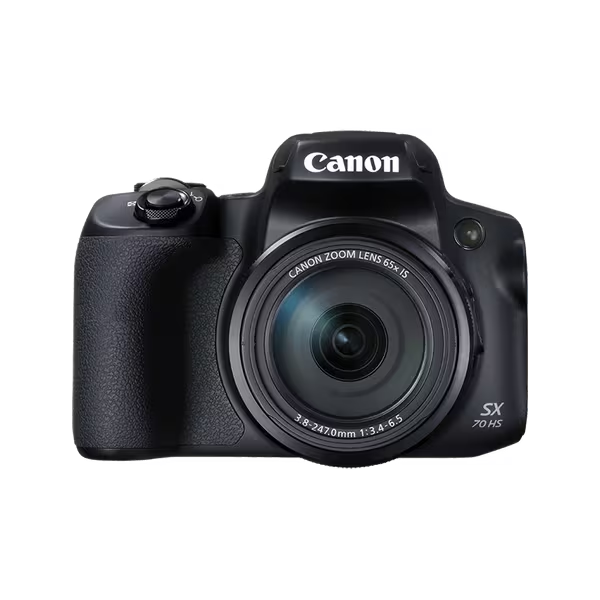
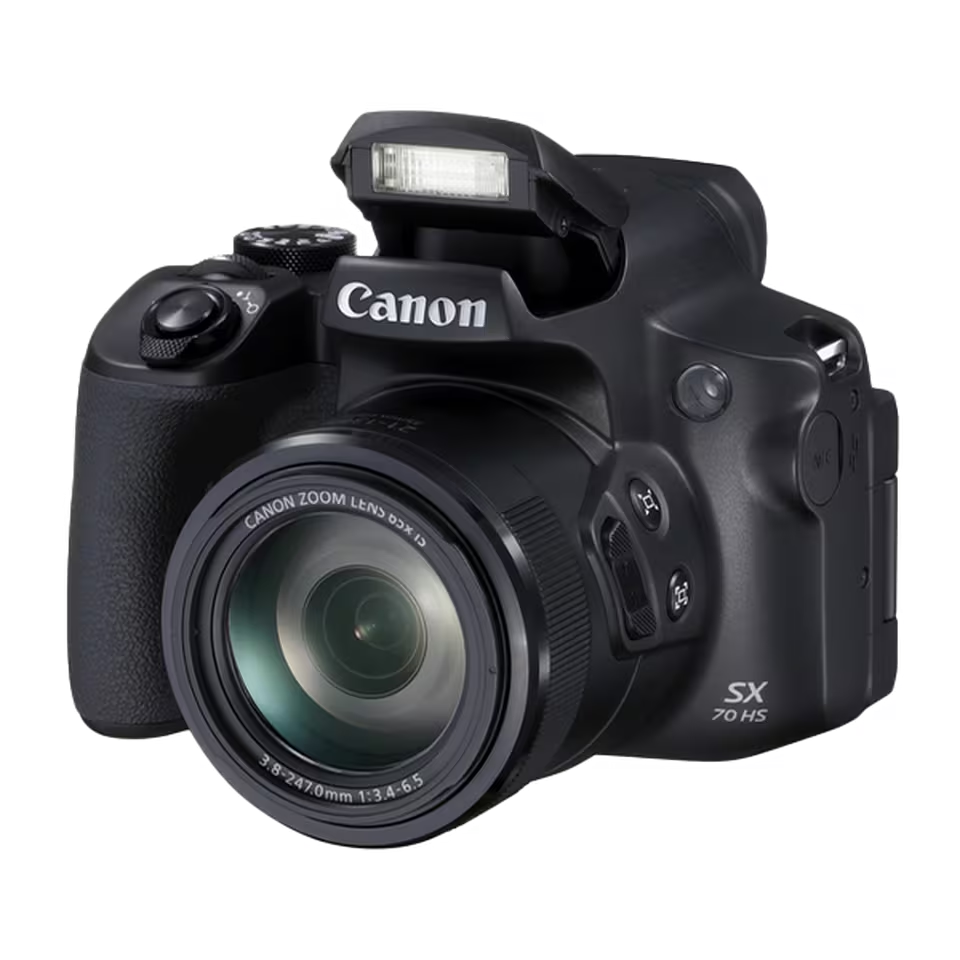
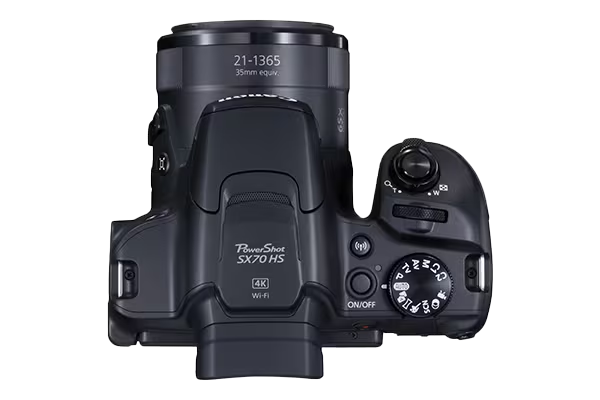
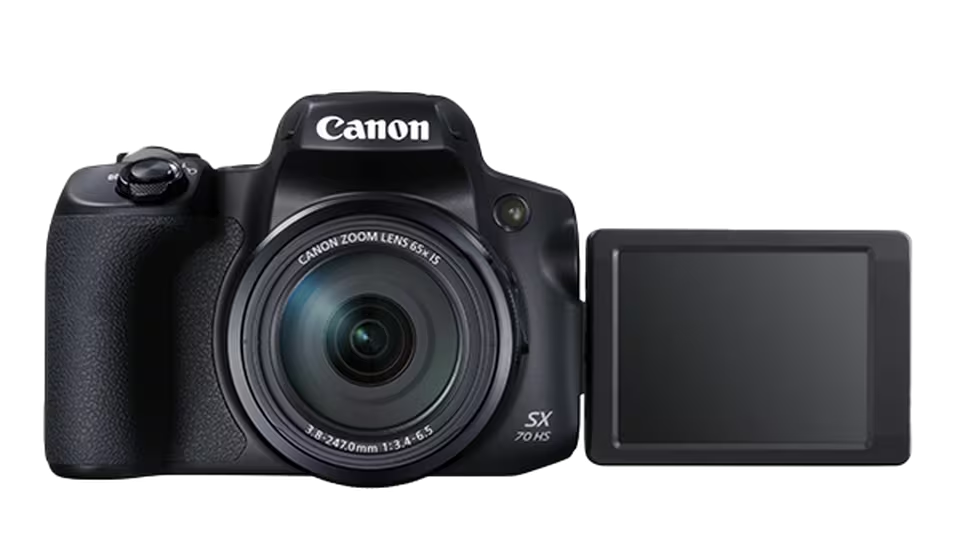
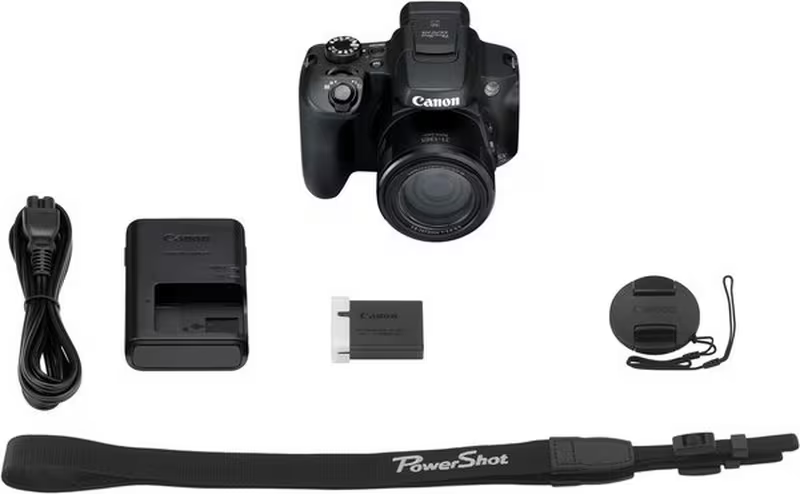
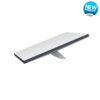
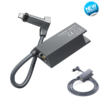
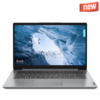

 No products in the cart.
No products in the cart. 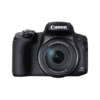
Reviews
There are no reviews yet.